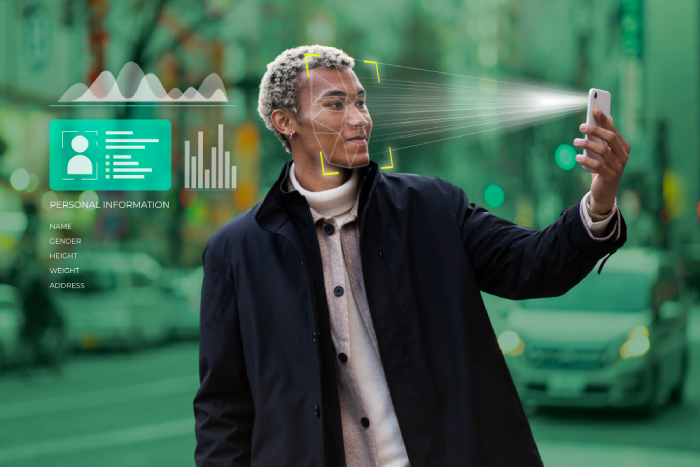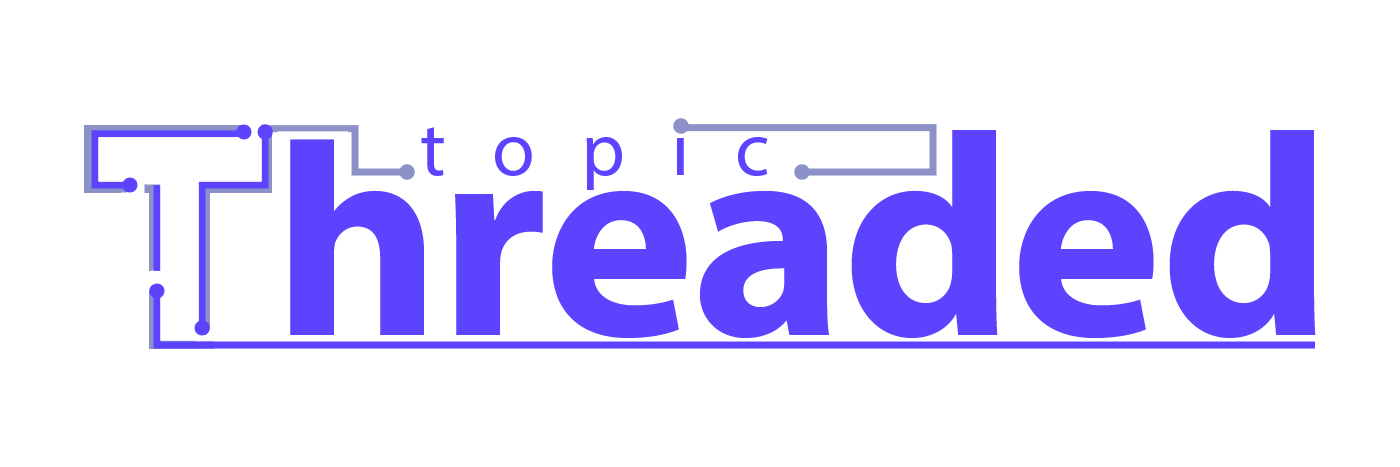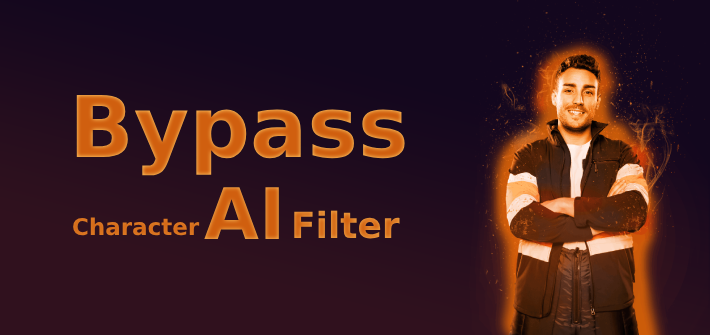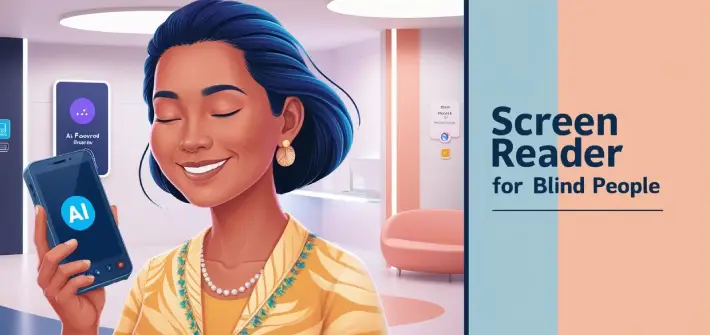In the evolving landscape of artificial intelligence, character AI filters play a crucial role in maintaining the quality and appropriateness of generated content. However, there are instances where users seek ways to bypass these filters for various purposes. This comprehensive guide explores effective methods to bypass character AI filter while emphasizing ethical considerations and the importance of responsible usage.
Understanding Character AI Filters
Character AI filters are sophisticated algorithms designed to monitor and restrict content generated by AI models to ensure compliance with ethical standards and community guidelines. These filters identify and block inappropriate or harmful content, ensuring a safer user experience. However, understanding how these filters function can provide insights into potential bypass strategies.
How Do Character AI Filters Work?
Character AI filters use a combination of natural language processing (NLP) techniques and machine learning models to detect and restrict content based on predefined criteria. These filters typically analyze text for:
- Profanity and Obscenity: Detecting and blocking offensive language.
- Hate Speech and Discrimination: Preventing content that promotes violence or discrimination.
- Sensitive Topics: Identifying and restricting discussions around topics deemed sensitive or inappropriate.
By understanding these mechanisms, users can identify potential vulnerabilities more easily, and consequently develop effective strategies to bypass these filters.

Techniques to Bypass Character AI Filter
1. Using Synonyms and Euphemisms
One of the most common methods to bypass character AI filter is by using synonyms or euphemisms. By replacing flagged words with less obvious alternatives, users can often circumvent the filter’s restrictions. For example, instead of using a prohibited term directly, employing a synonym or a more subtle phrasing can help in getting the content through.
2. Altering Text Structure
Another effective technique is altering the structure of the text. This includes manipulating sentence structures, using unconventional punctuation, or introducing deliberate spelling errors. By changing the way content is presented, users can sometimes evade detection by character AI filters.
3. Employing Homoglyphs
Homoglyphs are characters that appear similar to other characters but are technically different. For instance, replacing the letter “O” with the number “0” or the letter “I” with the number “1” can help in bypassing filters that rely on strict character recognition.
4. Using Unicode Characters
Incorporating Unicode characters that resemble standard letters and symbols is another method to bypass filters. These characters may not be recognized by the filter’s algorithms, allowing otherwise restricted content to pass through. For example, using Unicode representations of letters from different languages that look similar to English letters.
5. Segmenting Content
Segmenting or breaking down content into smaller parts can also be effective. By separating prohibited terms or phrases into different sections or using spaces and other separators, users can potentially bypass filters that scan for continuous sequences of restricted text.
6. Contextual Embedding
Contextual embedding involves embedding restricted content within a larger, benign context. By surrounding potentially flagged words with non-restricted text, users can sometimes obscure the flagged content sufficiently to evade detection. Additionally, employing this technique not only enhances the camouflage of sensitive terms but also diminishes the likelihood of detection.
Ethical Considerations
While it is possible to bypass character AI filter, it is important to consider the ethical implications of doing so. These filters are in place to ensure a safe and respectful online environment. Misusing these bypass techniques can lead to the dissemination of harmful or inappropriate content, which can have serious consequences for individuals and communities.
Promoting Responsible Usage
- Awareness and Education: Educating users about the ethical use of AI and the importance of respecting community guidelines.
- Transparency: Being transparent about the intentions behind bypassing filters and ensuring they align with ethical standards.
- Monitoring and Accountability: Implementing mechanisms to monitor and hold users accountable for the content they generate and share.

Case Studies and Real-World Applications
Case Study 1: Creative Writing
In creative writing, authors may find character AI filters overly restrictive when exploring complex themes. By employing synonym and euphemism techniques, writers can maintain the integrity of their work while ensuring compliance with platform guidelines.
Case Study 2: Academic Research
Researchers exploring sensitive or controversial topics may encounter challenges with character AI filters. However, by employing contextual embedding and text structuring techniques, researchers can effectively present their findings without compromising the depth of their analysis.
Case Study 3: Social Media Campaigns
Social media campaigns often involve nuanced messaging that can be misunderstood by character AI filters. Consequently, by utilizing homoglyphs and Unicode characters, campaigners can ensure their message reaches the intended audience without being unfairly censored.

Advanced Strategies for Bypassing Character AI Filters
1. Machine Learning Adversarial Attacks
Machine learning adversarial attacks involve creating inputs specifically designed to fool AI models. By understanding the weaknesses in the filter’s algorithm, users can generate content that appears benign to the filter but conveys the intended message to human readers.
2. AI-Based Content Generation
Using AI tools to generate content that mimics human writing styles can also help in bypassing filters. These tools can create text that adheres to the desired guidelines while embedding the intended message in a subtle and undetectable manner.
3. Dynamic Content Adaptation
Dynamic content adaptation involves continuously modifying the content based on real-time feedback from the filter. Consequently, by adjusting the text iteratively, users can find the optimal structure that bypasses the filter’s restrictions.
Conclusion
Bypassing character AI filters requires a deep understanding of how these filters work and a strategic approach to content creation. While various techniques can help in circumventing these filters, it is crucial to prioritize ethical considerations and responsible usage. Misuse of these methods can lead to negative consequences, undermining the very purpose of character AI filters.





This is a fascinating and detailed guide on bypassing character AI filters. It’s impressive how techniques like using synonyms, altering text structure, and employing Unicode characters can outsmart sophisticated algorithms. However, I appreciate the emphasis on ethical considerations and responsible usage. It’s crucial to ensure that these methods are used thoughtfully and not to spread harmful content. Thanks for sharing this comprehensive overview! Looking forward to more insightful articles from you. 🌟
Thank you for your thoughtful feedback! I’m glad you found the guide on bypassing character AI filters informative and appreciated the emphasis on ethical use. It’s crucial to balance technical know-how with responsible application. Stay tuned for more insightful articles, and feel free to share any topics you’d like us to cover next. Your engagement is much appreciated!👍